Fall Celestial Calendar
Fall Stargazing
As the days grow shorter and the nights grow longer, the Haliburton Highlands’ autumn skies reveal some of the most spectacular celestial sights of the year. The crisp, cool air and earlier sunsets create ideal viewing conditions, making it easier to spot the Harvest Moon, the Orionid Meteor Shower, distant planets, and even the shimmering arc of the Milky Way.
Whether you’re an experienced astronomer or simply curious about the stars, fall offers a truly extraordinary cosmic experience within this pristine dark sky area.
Important Celestial Dates
Fall’s celestial calendar is filled with highlights, from brilliant full moons to active meteor showers and planetary alignments. Mark your calendar to take advantage of these nights when the Haliburton Highlands’ dark sky area truly shines.
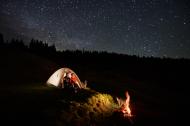 Sep 21: New Moon
Sep 21: New Moon
A New Moon in the sky means no moonlight to hinder your view of stars and planets.
Use our Interactive Night Sky Map to find out what planets are visible tonight and where.
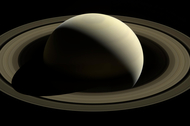 Sep 21: Saturn at Opposition
Sep 21: Saturn at Opposition
The ringed planet, Saturn, lies on the opposite side of Earth to the Sun, and is visible from sunset to sunrise.
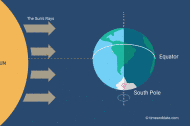 Sep 22: September Equinox
Sep 22: September Equinox
Also known as the autumnal (fall) equinox in the Northern Hemisphere, the September Equinox is considered by many as the first day of fall.
September equinox celebrations around the world
 Oct 7: Harvest Moon
Oct 7: Harvest Moon
October’s Full Moon is called the Hunter’s Moon. This year, it is also the Full Moon closest to the September equinox, making it 2025’s Harvest Moon as well.
How to take pictures of the Full Moon
Binaakwe-Giizis – Recognition of the Moon
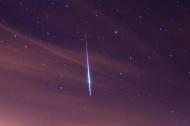 Oct 8/9: Draconid Meteor Shower
Oct 8/9: Draconid Meteor Shower
The best time to see the shooting stars of the peaking Draconids is just after nightfall. In 2025, the brightness of an almost-Full Moon will reduce the number of meteors that can be seen.
 Oct 21: New Moon
Oct 21: New Moon
A New Moon in the sky means no moonlight to hinder your view of stars and planets.
Use our Interactive Night Sky Map to find out what planets are visible tonight and where.
 Oct 21/22: Orionid Meteor Shower
Oct 21/22: Orionid Meteor Shower
The Orionids are the second meteor shower in October. The shower peaks around October 21-22 but usually remains active from around October 2 to November 7. This year, the peak period coincides with a New Moon—giving us a dark, Moonless sky.
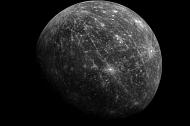 Oct 29: Mercury at Greatest Elongation East
Oct 29: Mercury at Greatest Elongation East
This might be a good time to try and spot Mercury: the planet appears at its farthest distance from the Sun in the evening sky.
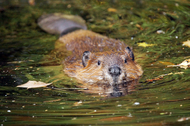 Nov 5: Super Beaver Moon
Nov 5: Super Beaver Moon
November’s Full Moon is traditionally called a Beaver Moon, after beavers that build their dams during this time of the year. In 2025, it is also the first of two Supermoons.
Bashkakodini-Giizis – Recognition of the Moon
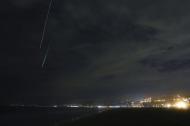 Nov 17/18: Leonid Meteor Shower
Nov 17/18: Leonid Meteor Shower
The Leonids shooting stars are visible from around November 6 to 30. They usually peak around November 17, with up to 15 meteors per hour.
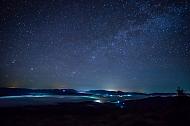 Nov 20: Micro New Moon
Nov 20: Micro New Moon
The New Moon phase is the best time to explore the night sky. This is the one-and-only Micro New Moon of 2025—meaning the Moon is near its farthest point from Earth.
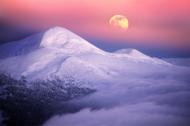 Dec 4: Super Cold Moon
Dec 4: Super Cold Moon
The Cold Moon is one of the traditional names for the Full Moon in December because of the onset of winter in the Northern Hemisphere. For the second month in a row, this is also a Supermoon.
How to take pictures of the Full Moon
Mnidoo-Giisoons – Recognition of the Moon
 Dec 7: Mercury at Greatest Elongation West
Dec 7: Mercury at Greatest Elongation West
Mercury reaches its farthest distance from the Sun in the sky—for the 6th and final time this year.
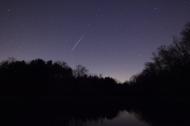 Dec 13/14: Geminid Meteors
Dec 13/14: Geminid Meteors
The Geminids peak around the night of December 13–14, depending on your time zone.
It is usually one of the best meteor showers of the year.
 Dec 20: New Moon
Dec 20: New Moon
The final New Moon of 2025 falls at 01:43 UTC.
A New Moon occurs when the Moon passes between Earth and the Sun—it is sometimes referred to as the invisible phase.
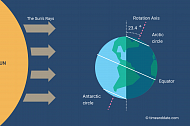 Dec 21: December Solstice
Dec 21: December Solstice
The December solstice takes place at 15:03 UTC. In the Northern Hemisphere, this is the winter solstice and the shortest day of the year. Meanwhile in the Southern Hemisphere, it is the summer solstice and the longest day of the year.
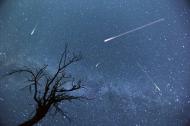 Dec 21/22: Ursid Meteors
Dec 21/22: Ursid Meteors
Once again, the astronomical year rounds off with the Ursid meteor shower, which usually peaks around this date.
HALIBURTON FOREST’S ASTRONOMY PROGRAM
Nestled within the Haliburton Highlands, the Haliburton Forest and Wild Life Reserve remains a beacon for stargazing enthusiasts. Even as summer fades, the pristine darkness of the Autumn Season’s sky offers an expansive canvas for celestial wonders, far from the intrusion of city lights.
Although their Astronomy Program runs through July and August, fall visitors can still book an overnight stay to experience the unobstructed beauty of the night sky. Fall’s crisp, clear nights provide an ideal setting for an unforgettable stargazing adventure.
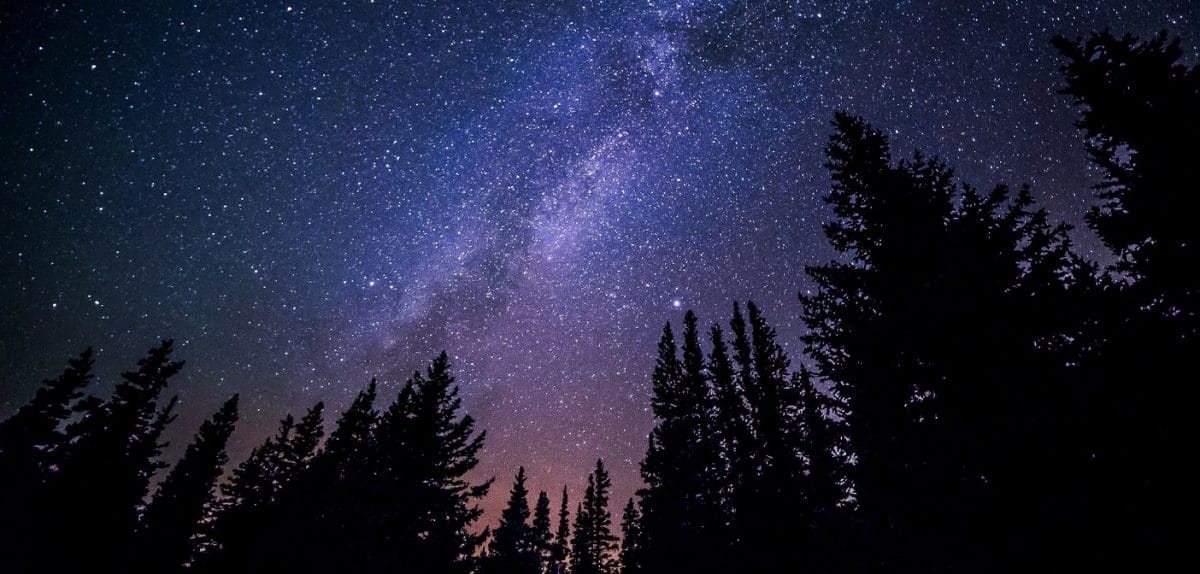
Viewing Conditions
Before heading out, check the viewing conditions to make the most of your fall stargazing adventure. Knowing the forecast for cloud cover, clarity, and visibility will help ensure your evening under the stars is truly magical.
Did you know that the best time to observe stars and celestial objects is during a New Moon? At this time, the Moon sits between the Earth and the Sun, eliminating its bright light and providing the darkest skies for stargazing.
